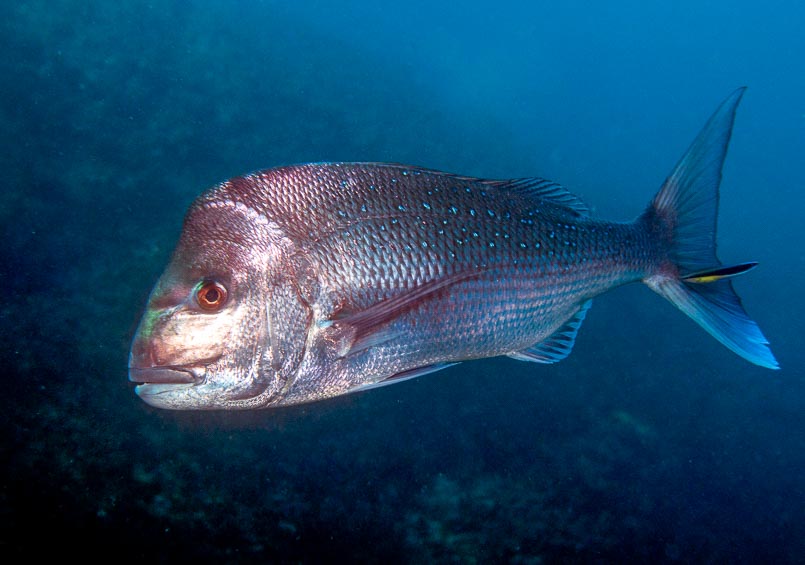Researchers from NSW Department of Primary Industries (DPI) have identified key factors influencing snapper populations within the Greater Sydney region during a recent study that used a network of cameras to observe life on underwater rocky reefs.
The researchers deployed more than 300 baited underwater cameras along the coastline between Newcastle and Shellharbour to conduct one of the most comprehensive surveys of underwater habitats and fish populations in the area.
The findings identified three key factors that played a significant role in promoting healthy populations of snapper within the area of study:
- Estuary size – juvenile snapper were observed more frequently on reefs nearby the largest estuaries within the study area, including the Hunter River, Hawkesbury River, Port Jackson, Botany Bay and Port Hacking River.
- Habitat – juvenile snapper were found to prefer small, patchy and relatively flat rocky reefs.
- Human population densities – adult snapper were seen more frequently in areas adjacent to coastlines with minimal development (such as national parks) and with low human population densities.
The results highlight the important role large estuaries play as fish nurseries, providing food and shelter for young snapper to grow. This reinforces the value of initiatives, such as those in the Marine Estate Management Strategy, which help to maintain or enhance the health of estuaries.
Further analysis will be carried out to examine habitat relationships for a range of other fish and seaweed species like wrasse and kelp.
The full findings of the research are available in a paper published in Estuarine, Coastal and Shelf Science.
Read more about the Threats to estuarine fish assemblages project.
Read more marine estate news.
